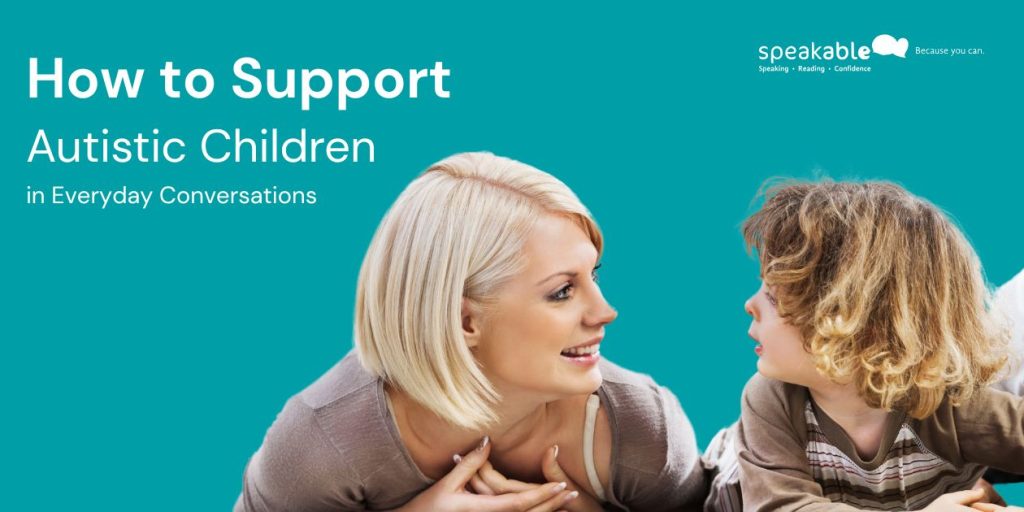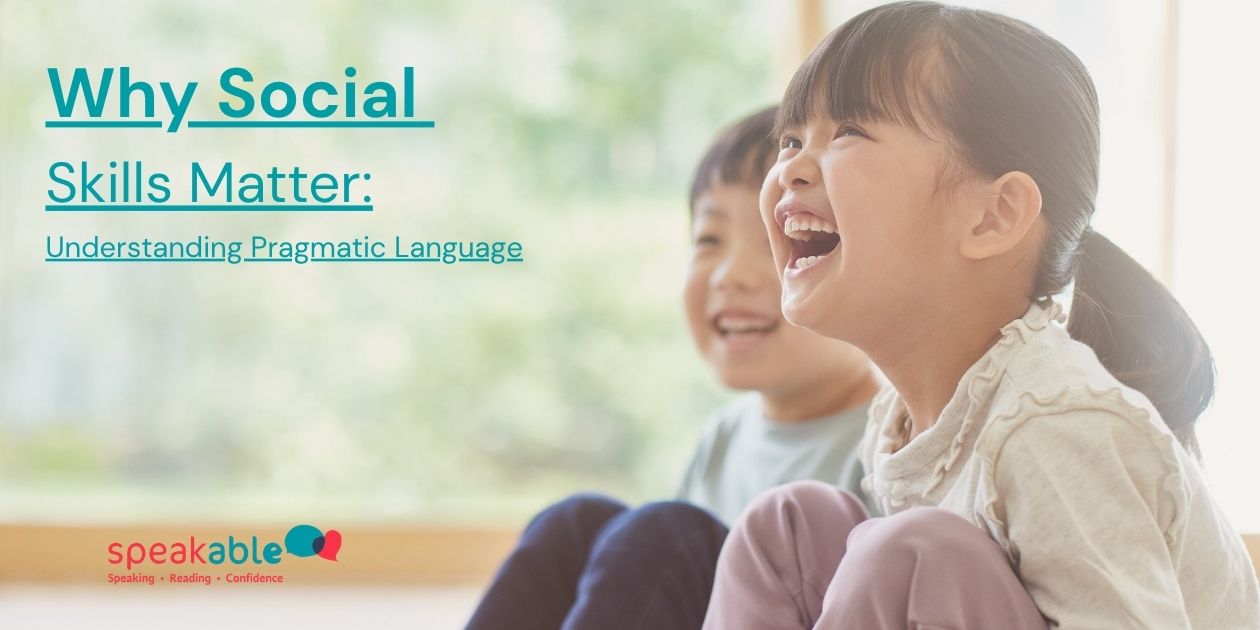How to Support Autistic Children in Everyday Conversations
Connection over correction — practical tips for building trust through communication
Introduction
Conversations with autistic children don’t always follow the scripts we expect. They might look different, sound different, and feel different — but that doesn’t mean they’re less meaningful.
For many children on the autism spectrum, everyday communication can be a source of confusion, frustration, or anxiety. But with the right approach, conversations can become a bridge — not a barrier.
This blog will help you shift from fixing how children speak to connecting with how they express themselves, so that communication becomes a shared experience, not a checklist.
Why connection matters more than correction
Traditional models of communication often rely on correcting language use, prompting “Say it this way”, or interrupting to adjust phrasing. But for autistic children, this can cause:
- Stress or shutdowns
- Fear of speaking up
- Rejection sensitivity
- Decreased confidence in social settings
Instead of focusing on how something is said, we focus on what is being shared — the meaning, intent, and connection.
💬 Connection-first communication creates safety, trust, and real progress.
Practical Ways to Support Conversations
Here are simple, effective ways to support everyday communication with autistic children:
1. Follow their lead
If a child is talking about trains, dinosaurs, or their favorite video game — engage! Their interests are gateways to trust and language.
- Respond with curiosity: “Tell me more about that engine.”
- Reflect their words back instead of redirecting: “You really like how fast it goes!”
2. Use clear, simple language
Autistic children may interpret things literally or feel overwhelmed by vague or abstract instructions. Try:
- ❌ “Can you maybe put that over there when you’re done?”
- ✅ “Put the book on the shelf now, please.”
Shorter, clear sentences reduce cognitive load and help conversations flow.
3. Pause and wait 🕒
Silence can feel uncomfortable for adults — but it’s a gift for children who need more processing time.
🧠 Give at least 5–10 seconds after a question. Let the child think and respond without pressure.
💡 Use visual cues or gestures to support the pause.
4. Validate all communication
Whether a child uses words, gestures, AAC devices, or scripts from a TV show — it’s still communication.
- “You pointed to the snack — are you telling me you’re hungry?”
- “I hear you saying a line from your show. Is that how you’re feeling right now?”
Acknowledging different communication styles is a powerful way to say “I see you.”
5. Model — don’t correct
Instead of saying “That’s not how you say it,” try modeling gently:
- Child: “He eated it!”
- Adult: “Yes, he ate it! He was really hungry.”
No need to point out mistakes — the child will hear and absorb the correct form naturally over time, especially when emotional safety is present.
6. Create routines that invite conversation
Daily routines are full of opportunities for back-and-forth:
- Talking during snack prep
- Reflecting during a bedtime story
- Sharing what you see while walking outside
These moments feel safe and predictable — perfect for building connection.
What to Avoid ❌
- ❌ Constant correction: discourages natural speech
- ❌ Pop quiz questions: like “What’s this? What color? What sound?” — can feel like pressure
- ❌ Interrupting their focus: give space for interest-based communication
- ❌ Speaking about the child in third person: especially when they’re present
Instead, stay present, patient, and open.
When to Seek Professional Support
If you notice your child is struggling to express needs, seems frustrated during interactions, or avoids communication altogether, it may be time to reach out.
A speech-language pathologist with experience in neurodiversity-affirming care can help your child build communication in ways that feel natural, respectful, and effective.
Conclusion
Autistic children don’t need to be “fixed” — they need to be understood.
When we shift from correction to connection, we open the door to meaningful conversation, deeper relationships, and true confidence.
🌱 Every moment of connection is a step toward belonging. Let’s keep that door open.




